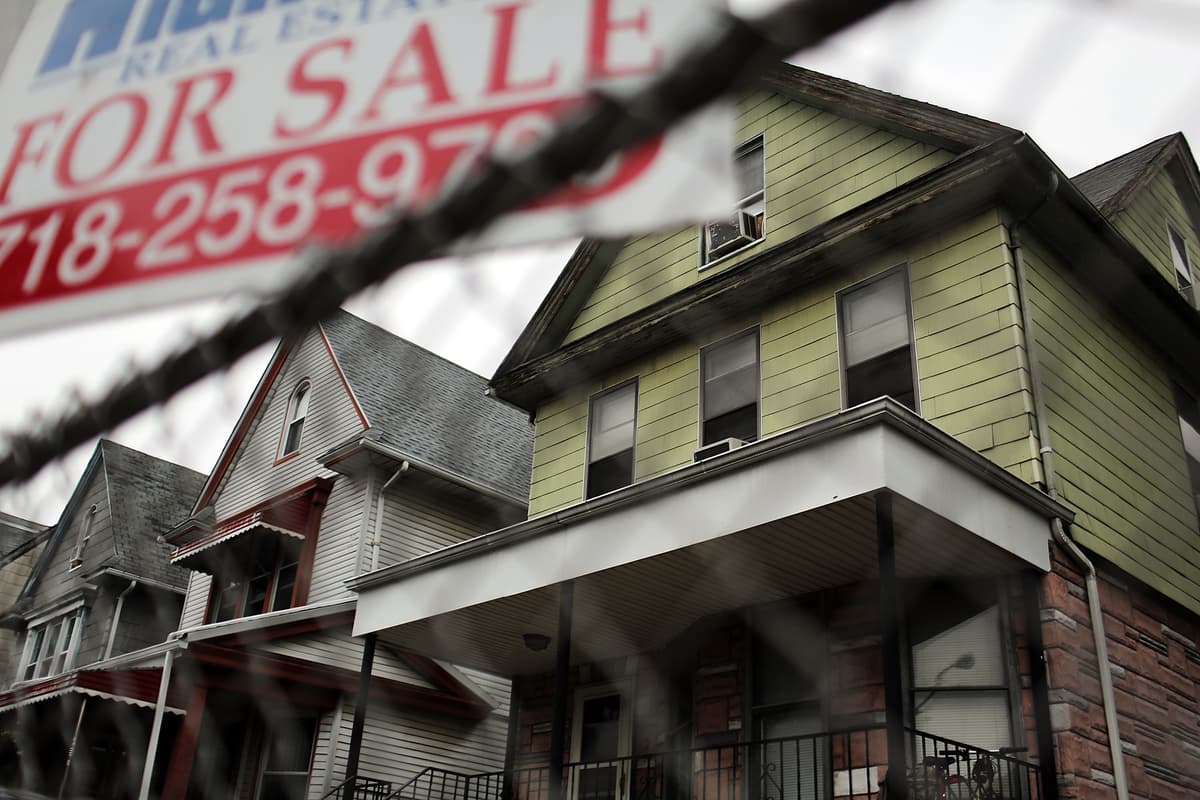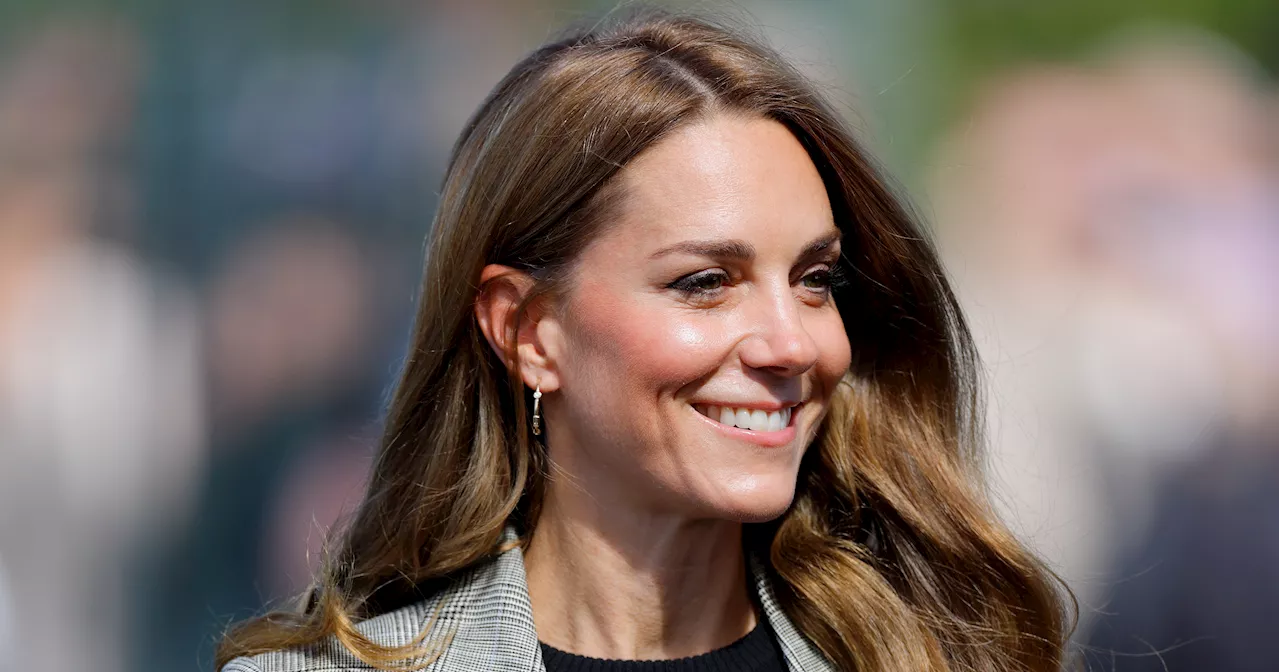UPDATE: Former President Donald Trump has just proposed a radical shift in home financing, suggesting extending mortgage terms to 50 years in a bid to tackle the escalating home affordability crisis. This announcement comes as the median age of first-time homebuyers has skyrocketed to 40 years, reflecting a significant barrier to homeownership for many Americans.
Trump’s proposal, shared on Truth Social, seeks to draw attention to a pressing issue: the dream of owning a home is slipping further from reach for younger generations. Despite his intentions, experts warn that a 50-year mortgage is unlikely due to strict regulations under Dodd-Frank. The current political landscape, however, indicates a growing urgency for solutions as homeownership rates among younger adults decline.
The latest data from the National Association of Realtors shows that affordability concerns have become a pivotal issue in recent elections, with many voters expressing discontent over housing prices. In stark contrast to the 28 years median age for first-time homebuyers in 1991, today’s buyers face a daunting reality, as many women worry about their ability to start families without the means to purchase a home.
The implications of this housing crisis are profound. According to American National Election Studies, renters tend to support Democrats by a margin of nearly two to one, while homeowners lean Republican. As Trump attempts to court voters with his mortgage proposal, the growing divide between homeowners and renters could reshape the political landscape in upcoming midterm elections.
In urban centers like New York City, even professionals earning over $120,000 struggle to break into the housing market. John Carney reported that many young adults are trapped in cramped rental situations, with no realistic path to homeownership. This disillusionment fuels support for political figures like Zohran Mamdani, the newly elected Democratic Socialist mayor, who represents a generation grappling with housing challenges.
As Trump pushes for lower interest rates, having already called for action from Federal Reserve Chairman Jerome Powell, the pressure mounts for tangible improvements. Recent reports indicate builder confidence is at a low of 37 out of 100, a sign that developers are hesitant to invest in new projects amidst uncertain buyer demand.
With the end of the recent government shutdown, critical job market data will soon be available, and builders are closely monitoring these developments. The housing market’s recovery hinges on job growth and consumer confidence, factors that politicians from both parties are keenly aware of as they approach the upcoming electoral cycle.
Meanwhile, Democrats are actively pushing for policies that increase affordable rental housing options as a response to the crisis. In Connecticut, Governor Ned Lamont is backing a bill mandating regional construction of affordable units, despite concerns from local residents about rising property taxes and infrastructure demands.
The political stakes are high: as renters flock to traditionally red areas, the potential for these regions to shift politically increases. The urgency for both parties to address housing affordability and homeownership challenges has never been greater, with the American dream hanging in the balance.
As the situation develops, all eyes will be on how lawmakers respond to the mounting pressures of an increasingly unaffordable housing market and the shifting dynamics of voter sentiment. The need for immediate action is clear—will Trump’s mortgage proposal spark real change, or will the plight of potential homeowners continue to be sidelined in the political arena?







